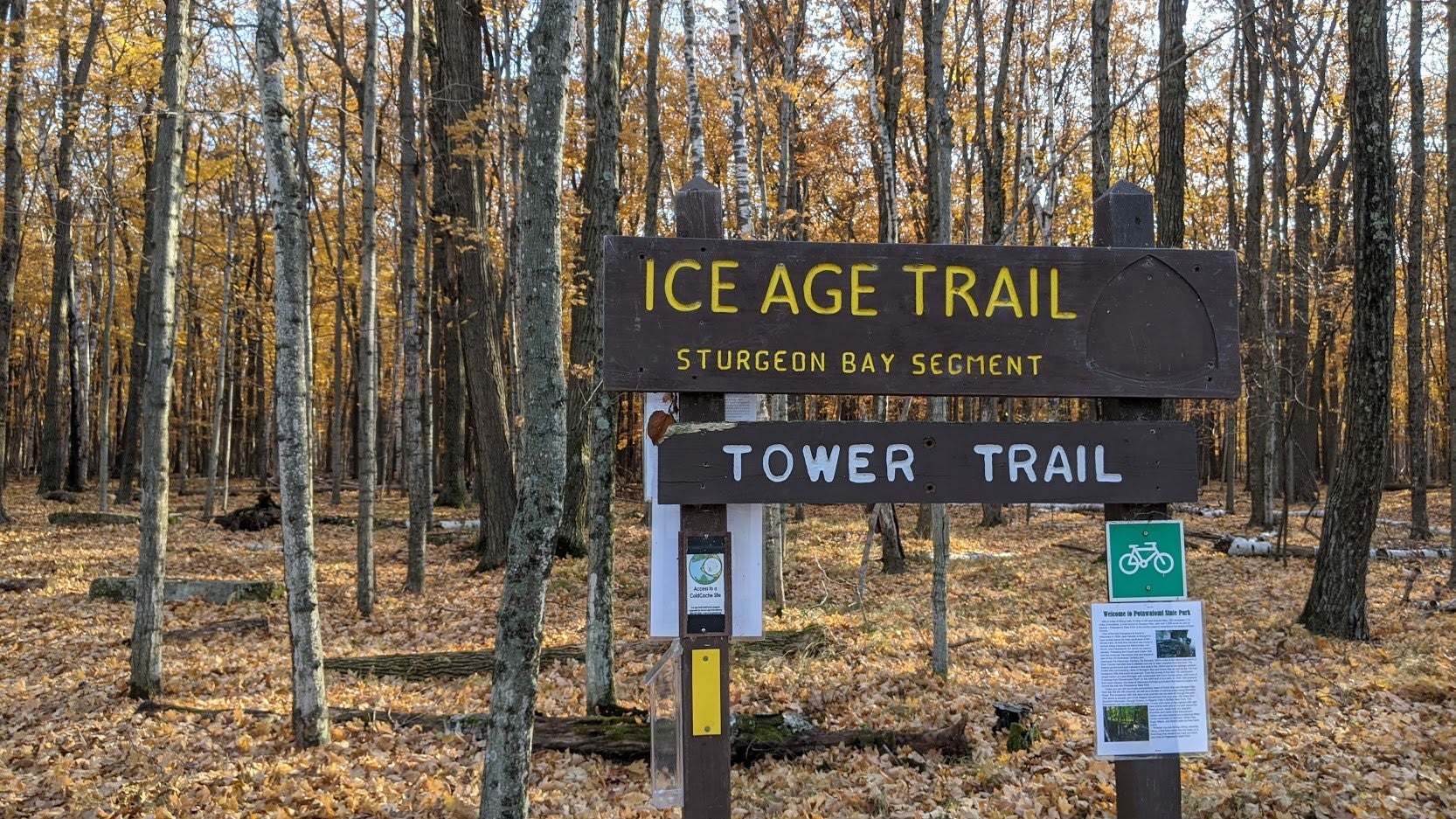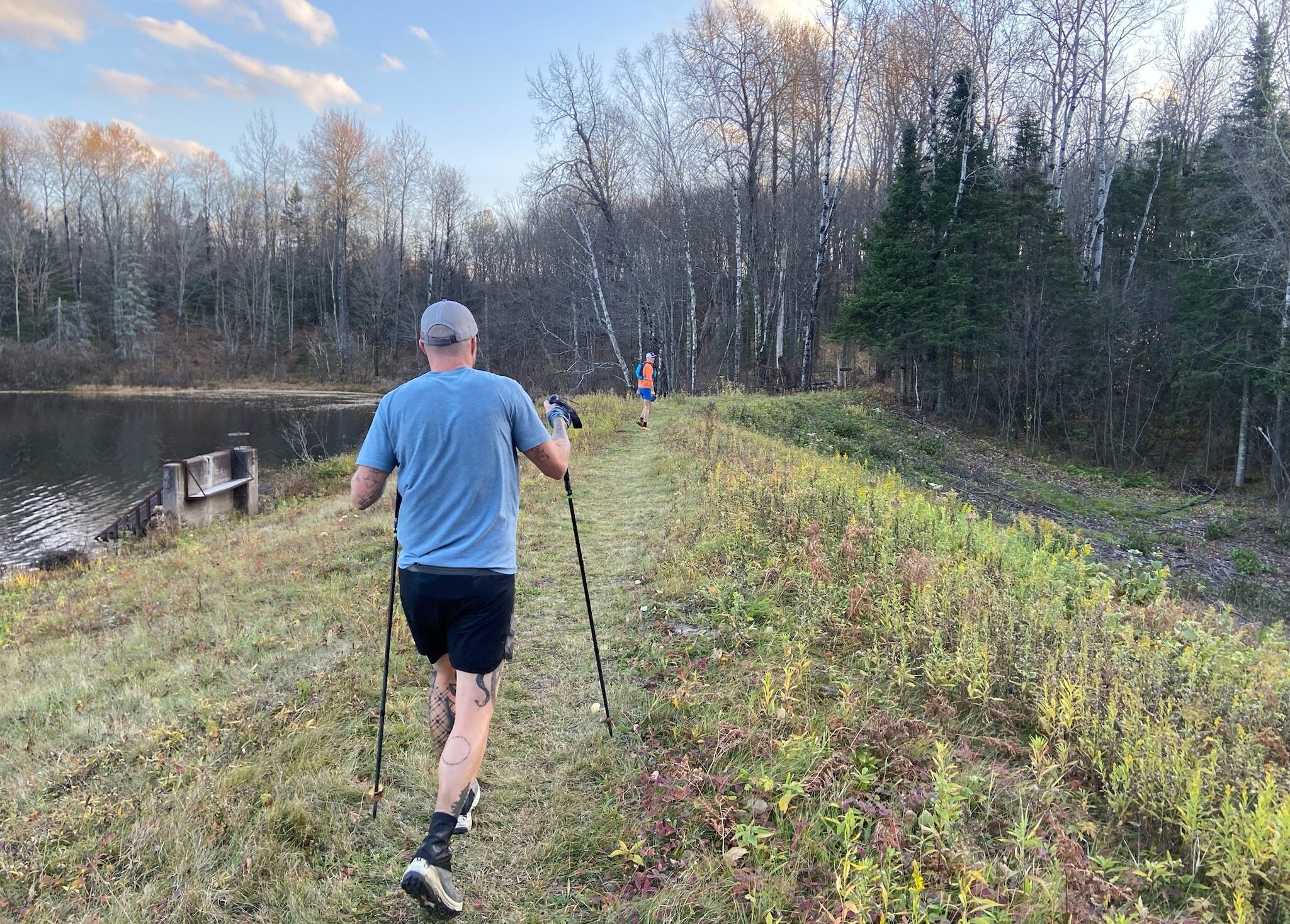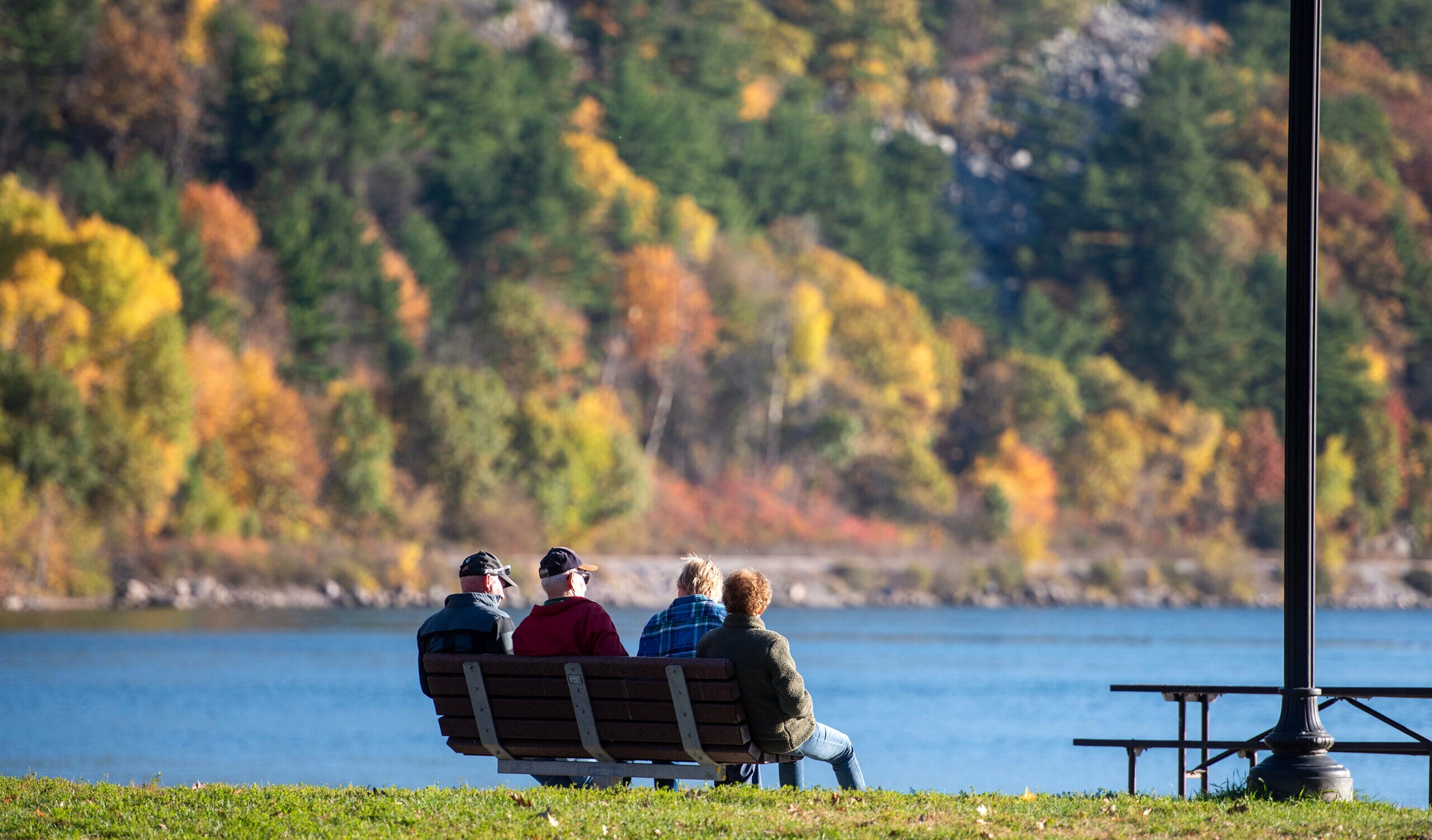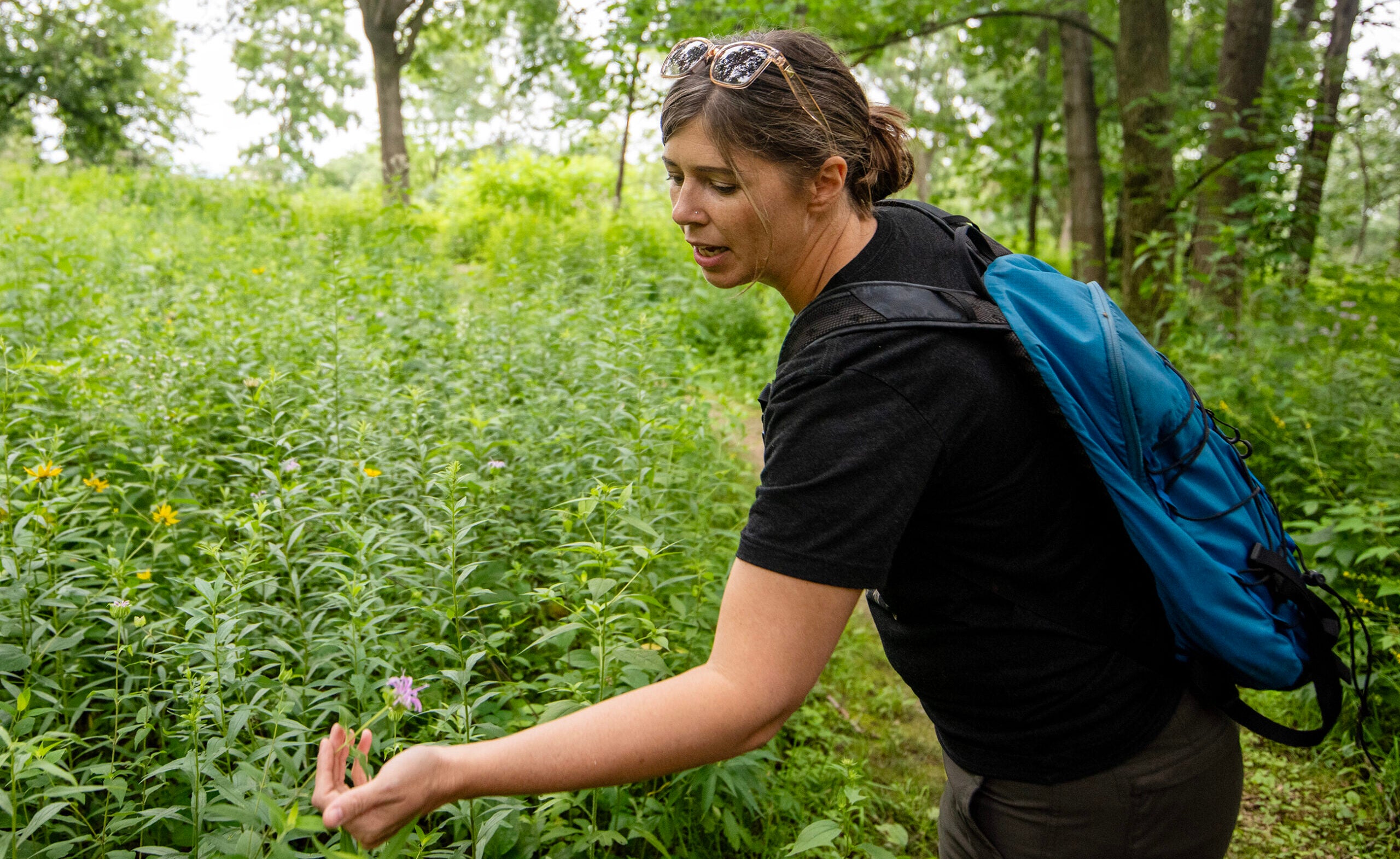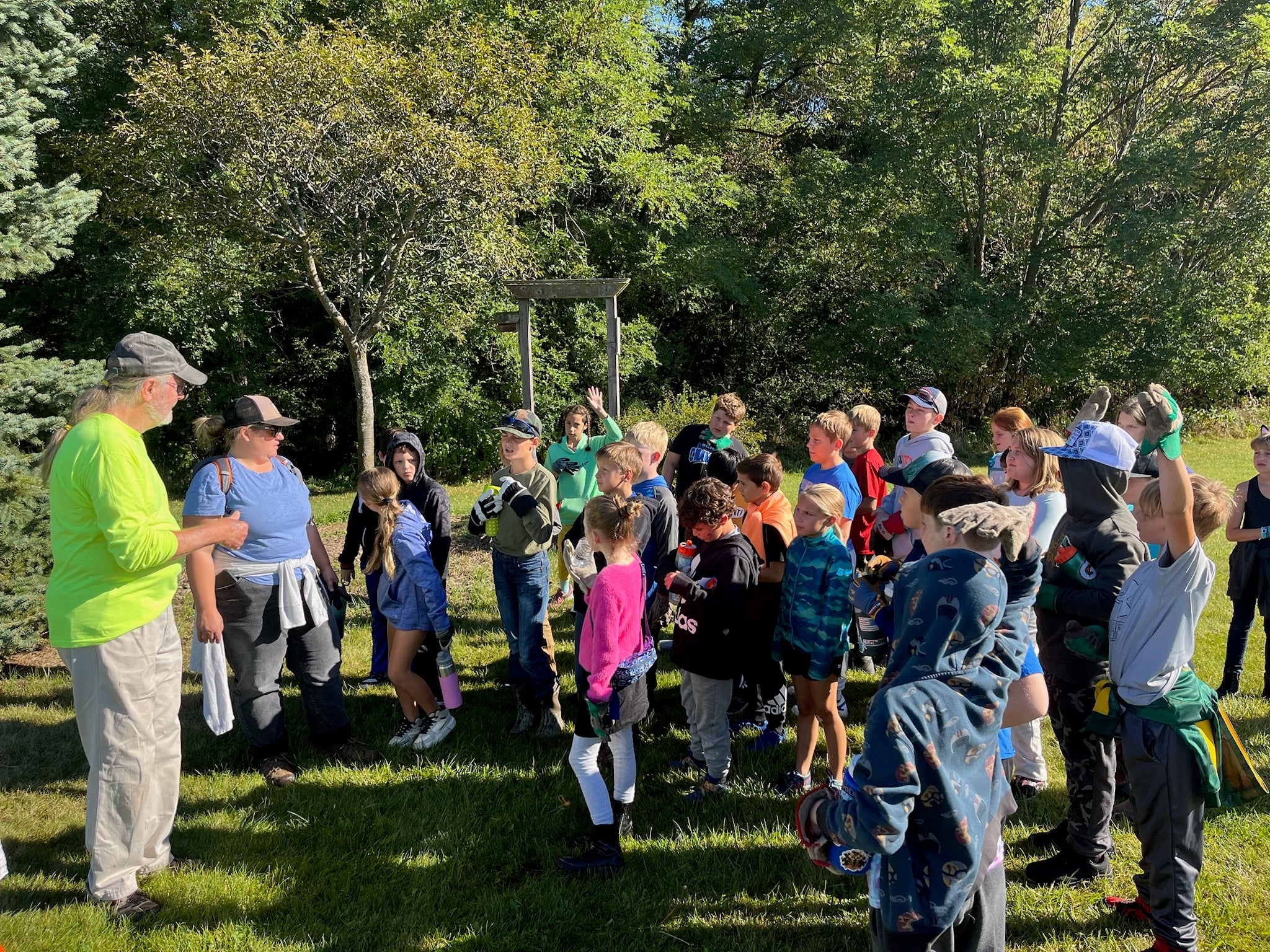When a hiker decides to go on a thru-hike on one of the Triple Crown trails — the Appalachian, Pacific Crest, or Continental Divide Trail — it’s a big undertaking. They have to pack everything they need in a backpack for the five to seven months it typically takes to hike thousands of miles across North America.
But what about a smaller trek? Wisconsin’s own 1,200-mile Ice Age Trail was recently designated a National Scenic Trail.
Since the 2010s, thru-hiking the Ice Age Trail has exploded in popularity. From 2012 to 2018, more than 100 people thru-hiked the trail — compared to 76 thru-hikers total in the first four decades of the trail’s existence.
News with a little more humanity
WPR’s “Wisconsin Today” newsletter keeps you connected to the state you love without feeling overwhelmed. No paywall. No agenda. No corporate filter.
The first-ever thru-hiker has been cited as Earl Shaffer, who hiked the entire Appalachian Trail in 1948, 11 years after trailblazers finished building the trail from Maine to Georgia.
Thru-hiking started to become more mainstream in the 1990s and really exploded after the 2012 publication of Cheryl Strayed’s memoir, “Wild: From Lost to Found on the Pacific Crest Trail.”
Still, why would someone choose to put themselves through the physical pain, dirtiness and occasional dangers that come with living outside for months at a time?
Melanie Radzicki McManus, who set a record in 2013 for the fastest-known time thru-hiking the Ice Age Trail, joined WPR’s “Wisconsin Today,” and explained how she felt throughout the hiking process.
“When you get on a trail, all you have to do day after day is walk, eat, go to sleep,” she said. “It’s amazing how relaxing it is. I don’t think people spend enough time with themselves or their thoughts.”
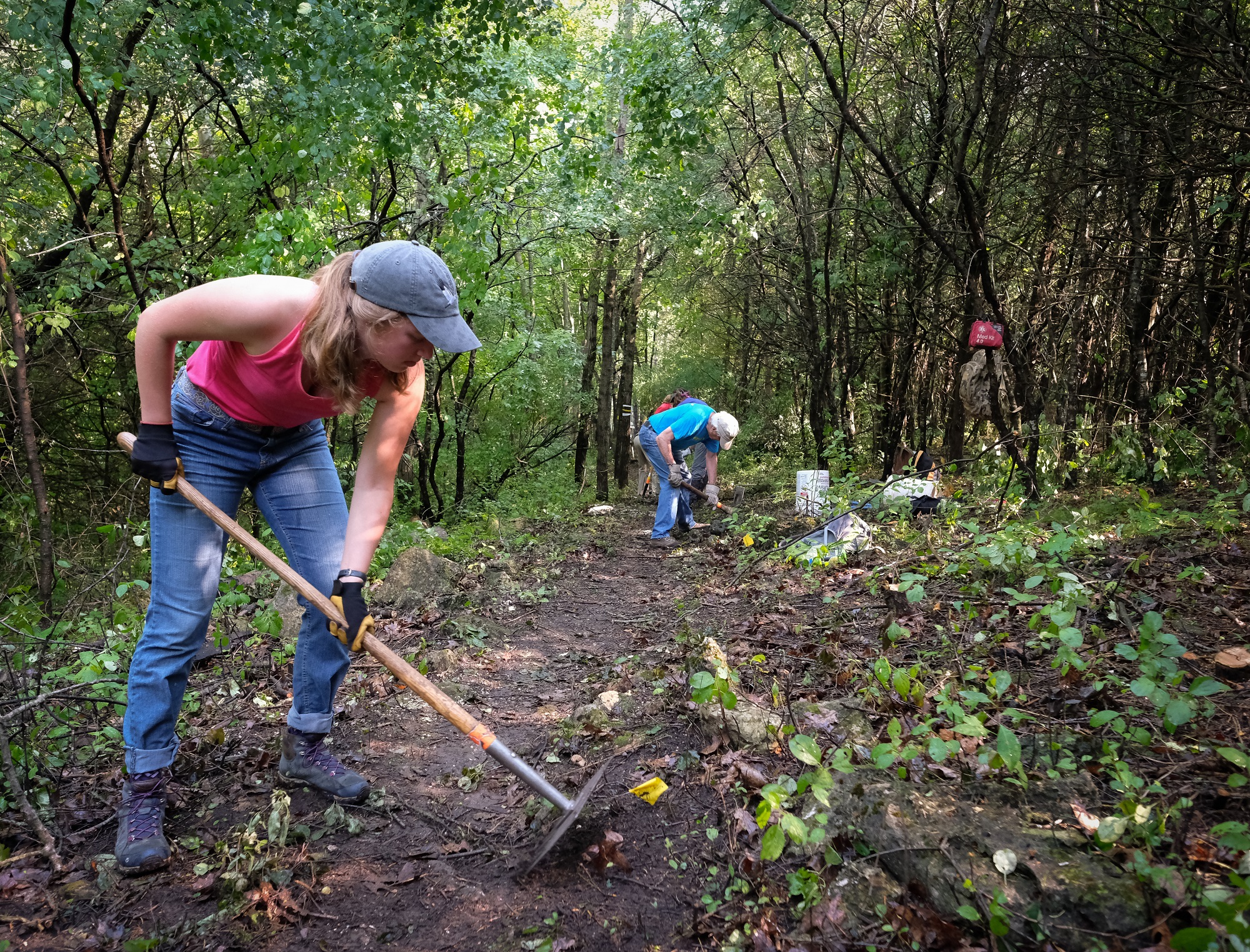
McManus thru-hiked the Ice Age Trail again in 2015 and wrote a book about it called “Thousand-Miler: Adventures Hiking the Ice Age Trail.”
Melissa Pierick, director of marketing and community relations for the Ice Age Trail Alliance, said many people choose to thru-hike because it eliminates, at least for a time, the complications of daily life. The idea is, “As long as I’m on the trail, all I have to worry about is where I’m walking to next,” she said.
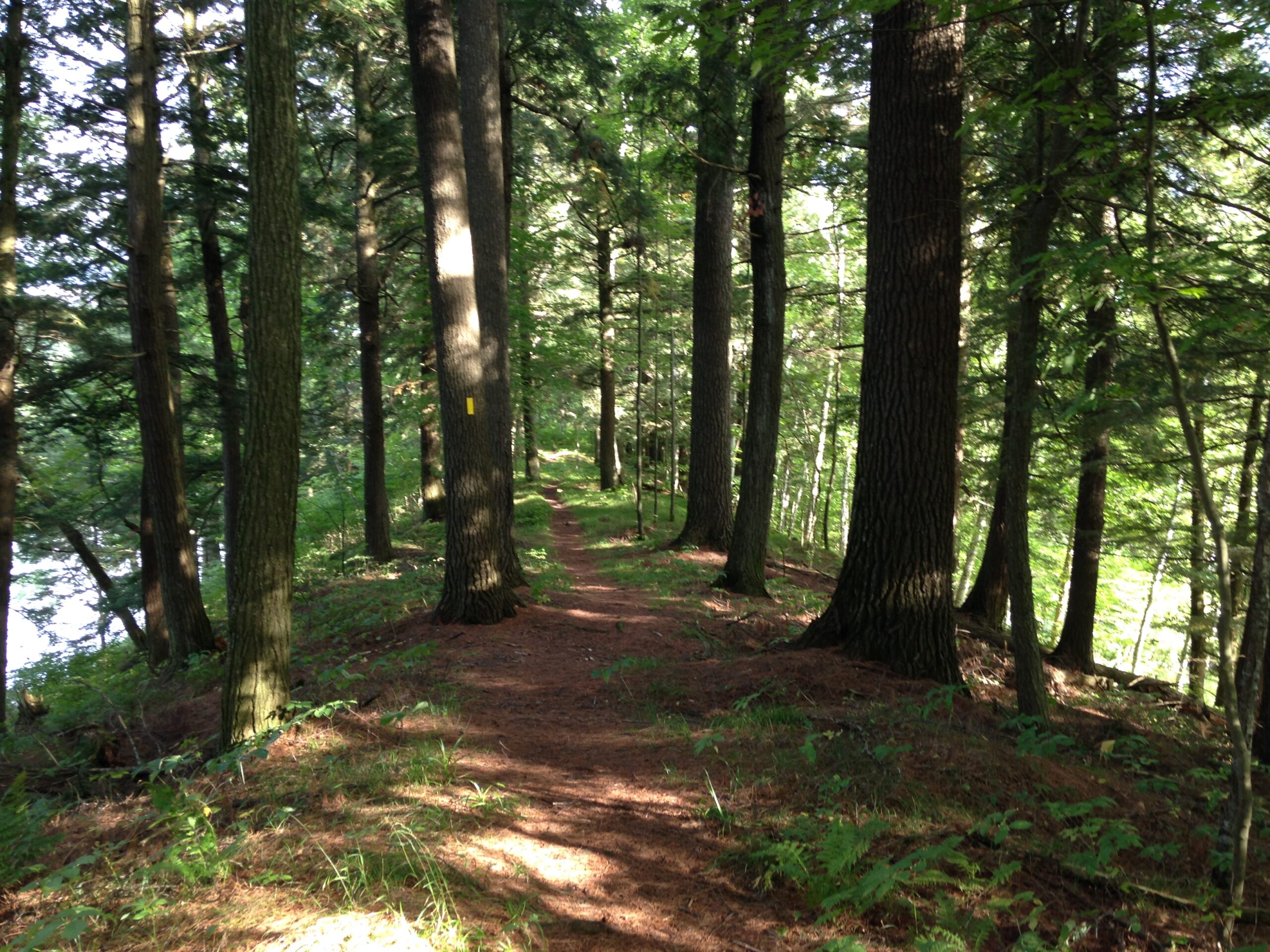
Some people thru-hike the Ice Age Trail in the wake of a big life transition, like the end of a relationship or the death of a loved one, Pierick said.
One hiker, Franara Radtke, decided to section-hike the entire Ice Age Trail when her breast cancer treatment kept her from enjoying ultra-running. A section-hike is when someone hikes an entire trail in segments over the course of months or years, rather than doing it all in one go.
Others thru-hike the trail simply because it’s there. Pierick pointed to one young man who thru-hiked the Ice Age Trail because his lease ended and he wanted something to do between living situations.
Pierick said that some hikers use the Ice Age Trail as a warm-up for one of the triple crown trails. More often, Pierick encounters Ice Age Trail thru-hikers who have completed all the big national scenic trails, “but then they’re still looking for another challenge,” she said.
Every trail has its own unique set of challenges. On the Pacific Crest Trail, access to water is a problem. The Appalachian Trail has gnarly terrain. The Continental Divide Trail is home to grizzly bears.
The Ice Age Trail has its own problems, too.
“We don’t have mountains that you’re going to fall off of, nothing too super treacherous,” Pierick said. “But we do have ticks, and we do have humidity. And trying to figure out where you’re going to camp is a logistical issue.”
The isolation of hiking the Ice Age Trail can also be challenging. Hikers can go multiple days without seeing another person, particularly on the northern segments of the trail, Pierick said.
“I was talking to one woman a couple of seasons ago, and she thought, ‘Well, I did the Appalachian Trail, so the Ice Age Trail is gonna be really easy,’” Pierick said. “She ended up abandoning her hike … because she didn’t like the solitude of it.”
But the Ice Age Trail has its own unique beauty, too. Where some hikers find loneliness, others find solitude. Pierick said the Ice Age Trail also has a thriving trail angel community — people who support thru-hikers with meals, rides, hot showers or a place to sleep.
One thru-hiker Pierick spoke with, who had completed all three big national trails, said Ice Age Trail angels really stood out because of the ownership they took of the trail.
“I thought that was a testament to the residents of Wisconsin,” Pierick said. “We love this trail, and we really support the people who hike it.”

